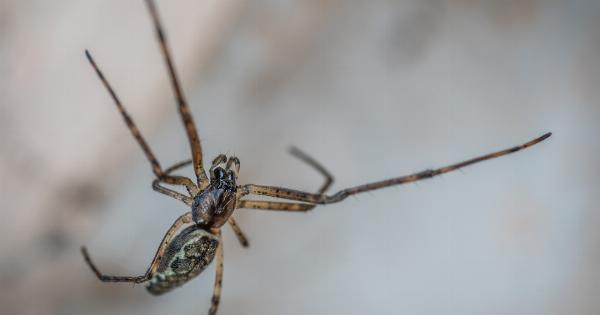Lipas or cockroaches are pests that are commonly found in households, especially where there is poor sanitation. These insects are known for their ability to spread diseases and cause allergic reactions in humans.
In this article, we will discuss whether or not lipas are a threat to our health and what measures can be taken to prevent their infestation.
What are Lipas?
Lipas are insects that belong to the order Blattodea. They are commonly known as cockroaches and are found in different parts of the world. There are more than 4,500 species of lipas, but only a few of them are common pests that invade households.
Do Lipas Carry Diseases?
Yes, lipas can carry diseases. They are known to carry bacteria, viruses, and other pathogens that can cause illnesses in humans.
Some of the diseases that are associated with lipas include salmonellosis, typhoid fever, cholera, gastroenteritis, and dysentery. These diseases are caused by the ingestion of food or water that has been contaminated with lipa feces or saliva.
How Do Lipas Spread Diseases?
Lipas can spread diseases in several ways. They can contaminate food and water with their feces and saliva, and they can also transmit pathogens through their bodies and legs.
When lipas crawl over surfaces, they leave a trail of bacteria and other microorganisms behind them. These microorganisms can survive on surfaces for hours or even days, increasing the risk of infection for humans who come into contact with them.
Can Lipa Bites Cause Disease?
No, lipa bites do not cause disease. However, they can cause allergic reactions in some people. When a lipa bites a person, it injects its saliva into the skin. This saliva contains proteins that can trigger an allergic reaction in some individuals.
The symptoms of a lipa bite allergy include itching, swelling, redness, and in some cases, difficulty breathing.
How Can Lipa Infestation be Prevented?
Lipa infestation can be prevented by taking the following measures:.
- Maintain cleanliness and proper sanitation in the house.
- Seal all cracks and crevices in the house to prevent lipas from entering.
- Keep food in airtight containers to prevent contamination by lipas.
- Dispose of garbage and food waste in sealed containers outside the house.
- Do not leave dirty dishes in the sink overnight.
- Fix any leaking faucets and pipes to prevent moisture buildup.
- Use insect repellents and traps to control lipa population.
Conclusion
Lipas are a threat to our health as they can spread diseases and cause allergic reactions. Therefore, it is important to take preventive measures to avoid infestation.
Maintaining cleanliness and proper sanitation in the house, sealing all cracks and crevices, and keeping food in airtight containers are some of the measures that can be taken to prevent lipa infestation. Insect repellents and traps can also be used to control lipa population.






























